What the heck is a “rekenrek”?!?
This indispensable math tool was developed in the Netherlands; rekenrek (REH-ken-rek) is a Dutch word meaning “calculating frame” or “arithmetic rack.” It’s sometimes simply called a “math rack.”
Rekenreks are an excellent visual display of numbers because they reinforce patterns of five and ten. The sets of five red and five white beads and the groups of ten beads on each rail encourage students to see and use the structure of our base ten number system.
As we saw in The Learning Trajectory and Base Ten Manipulatives, children will rely on counting one by one as long as they have to. Once they have very secure number sense, they can take mental shortcuts that become mathematical strategies.
When used regularly and intentionally, the rekenrek can support students’ flexible thinking about quantity, operations, and base ten. Just like with subitizing, most of the strategy and flexible thinking with the rekenrek is “caught, not taught.”
This means young mathematicians get the most out of this tool when they find interesting ways to use it in problem solving. Use the strategies below to encourage students’ critical thinking (rather than doing the thinking for them).
Best Practices with the Rekenrek
For consistency in visualizing, keep “white on the right” when displaying the rekenrek.
Give students time to explore and notice characteristics of the rekenrek.
Encourage students to make combinations and find solutions with a single slide of the beads (rather than counting them out one by one).
Use the rekenrek with one half hidden or with the whole rack displayed, depending on the concept you want to highlight.
When students solve using the rekenrek, always prompt them to explain or show their thinking. This helps you (and their fellow mathematicians in the classroom) understand their strategy.
If 20 beads is too large a quantity for some students to use without counting one by one, isolate a single rail of 10 or use a single rail of 5 until student are more confident.
Making “Friendly Numbers” of Five and Ten
Seeing and making a variety of combinations of ten with the rekenrek will help students gain automaticity and a better sense of “five-ness” and “ten-ness.”
Discussing the groupings will support better flexible thinking with numbers. Scroll through the images below for ideas on how to show these ideas on the rekenrek.





Making Teen Numbers
Using the ten and some “extras” will help develop students’ understanding of quantities in the teens. Scroll through the images below for ideas on how to show these ideas on the rekenrek.




The rekenrek is a great tool to support strategies for operations, too! More on that to come in PWN Online Section 3: Addition & Subtraction.
Additional Resources
You don’t necessarily have to purchase a class set of rekerenks—make your own with these helpful DIY instruction from Erikson Institute Early Math Collaborative.
The Math Learning Center has this resource guide called “Learning to Think Mathematically with the Rekenrek” for introducing this tool and using it to build specific skills and concepts. Check out their virtual number rack, too!
See Literacy Connections (next in this section) for ideas to mathematize these concepts with children’s literature.




